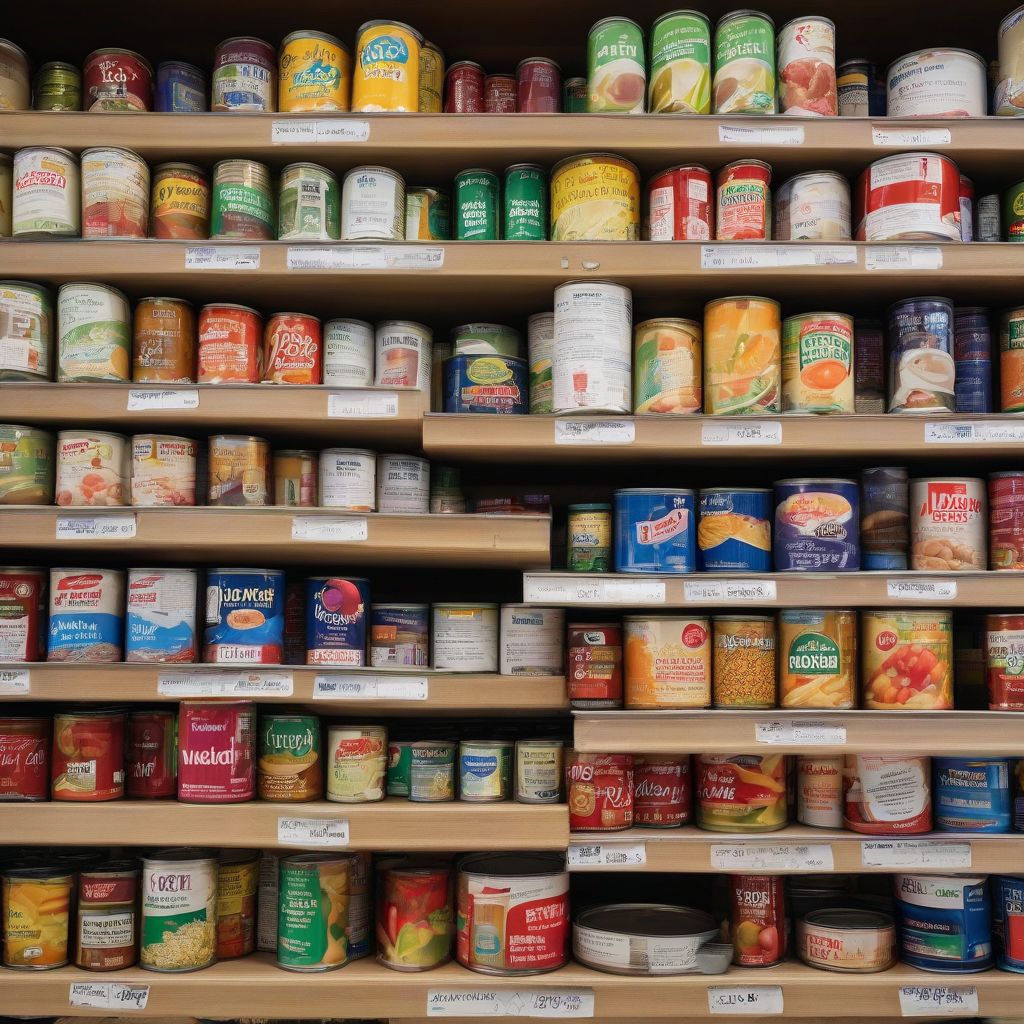Have you ever wondered how you can best support your local community? Donating to a food bank is a powerful way to combat hunger and make a real difference in the lives of individuals and families facing food insecurity. But with so many different needs, it can be tough to know what items are most helpful. That’s where a food bank donation list comes in!
This comprehensive guide dives deep into the world of food bank donations, exploring the most needed items, answering your frequently asked questions, and providing tips for maximizing your impact.
Understanding the Importance of Food Bank Donation Lists
What Exactly is a Food Bank Donation List?
A food bank donation list is a helpful resource provided by food banks and pantries outlining the specific non-perishable food items, toiletries, and other essential goods they need most. These lists can vary depending on the location and time of year, but they serve as a roadmap for donors, ensuring their contributions are relevant and impactful.
Why are These Lists so Important?
Food bank donation lists are crucial for several reasons:
- Meeting Specific Needs: Food banks often experience shortages of certain items, while others may be overstocked. Donation lists ensure your generosity directly addresses the most pressing needs of the community.
- Promoting Healthy Choices: Many lists prioritize nutritious options, encouraging donors to contribute items that support healthy diets for recipients.
- Reducing Waste: By donating items listed as needed, you minimize the risk of contributing products that may go unused or expire before they can be distributed.
 Variety of Canned Goods
Variety of Canned Goods
Decoding the Donation List: Most Requested Items
While every food bank has its unique needs, some items consistently appear on donation lists nationwide. Here’s a breakdown of the most commonly requested categories:
1. Shelf-Stable Pantry Staples
- Canned Goods: Canned fruits and vegetables (in juice or low sodium options), canned tuna, salmon, chicken, beans, soups, and stews.
- Pasta & Grains: Whole-grain pasta, brown rice, quinoa, oatmeal, and low-sugar cereal.
- Peanut Butter & Nut Butters: A great source of protein and healthy fats. Choose varieties with no added sugar for optimal health benefits.
2. Kid-Friendly Options
- Shelf-Stable Milk: Consider donating shelf-stable milk boxes or powdered milk, providing essential calcium and vitamin D.
- Baby Food & Formula: These items are crucial for families with infants and young children.
- Healthy Snacks: Individually packaged fruit cups, applesauce pouches, granola bars, and whole-grain crackers.
3. Hygiene Products
Remember, food isn’t the only necessity. Personal hygiene items are incredibly valuable to those in need. Consider adding:
- Toiletries: Soap, shampoo, conditioner, toothpaste, toothbrushes, deodorant.
- Feminine Hygiene Products: Tampons, pads, and liners.
- Diapers: Diapers in various sizes are always in high demand.
Frequently Asked Questions About Food Bank Donations
Can I Donate Homemade Food to Food Banks?
Unfortunately, most food banks cannot accept homemade or prepared food items due to safety and health regulations.
What About Expired Food? Is It Okay to Donate?
It’s best to check with your local food bank regarding their policies on expired goods. Many food banks cannot accept expired items, even if they are still sealed.
How Can I Find a Food Bank Donation List Near Me?
A quick internet search using terms like “food bank near me” or “food pantry donation list” should provide you with local options and their specific needs. You can also often find this information directly on the organization’s website.
Conclusion
Donating to a food bank is a simple yet incredibly impactful way to give back to your community. By understanding what items are most needed and following your local food bank’s donation guidelines, you can ensure your generosity makes a real difference in the fight against hunger. Let’s work together to build a brighter future where everyone has access to nutritious food and essential resources.